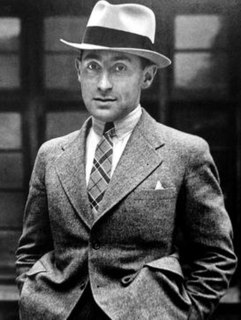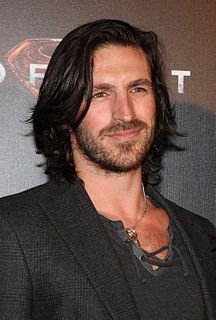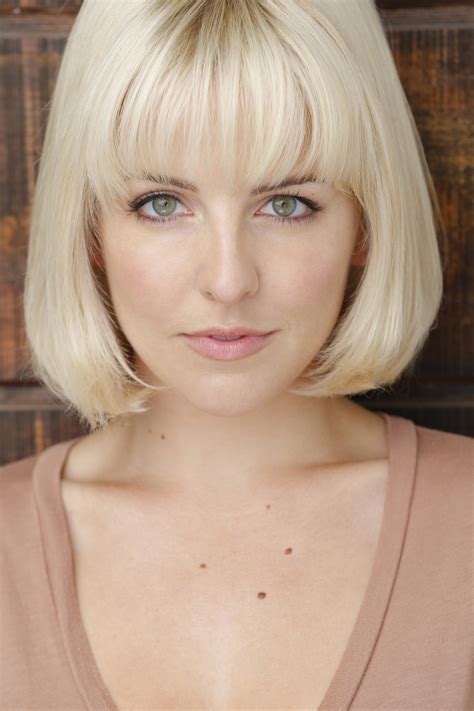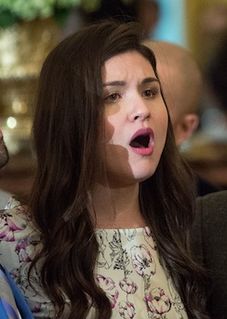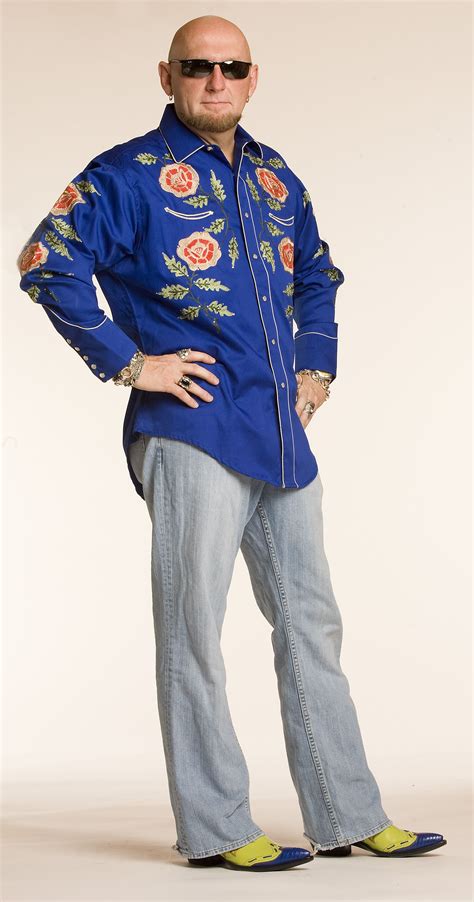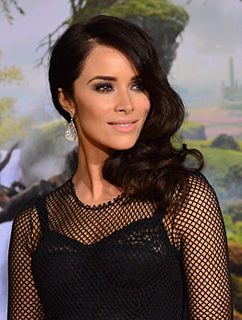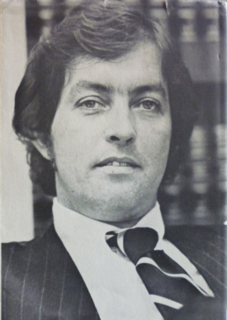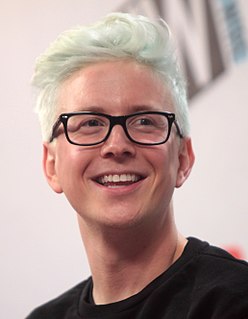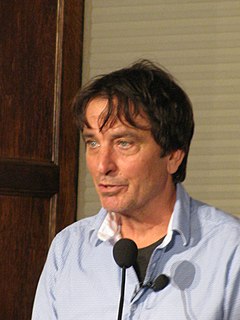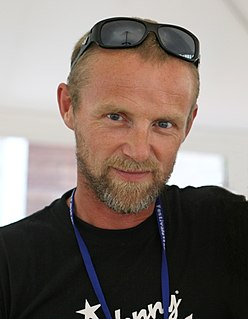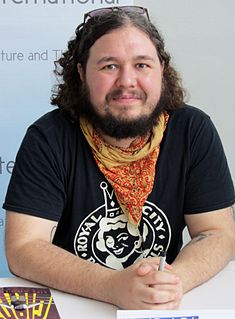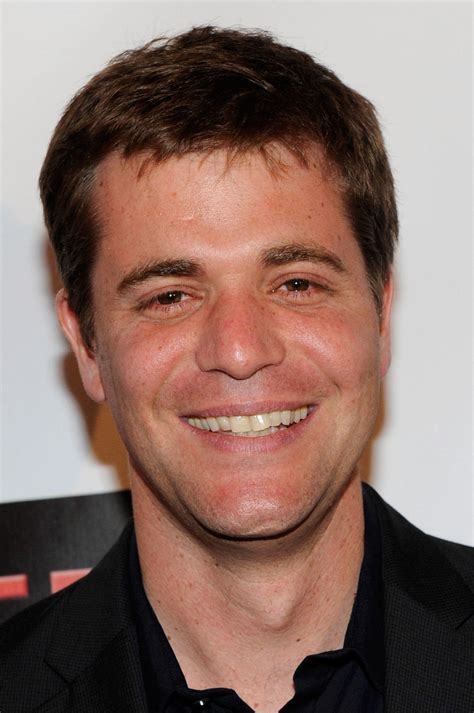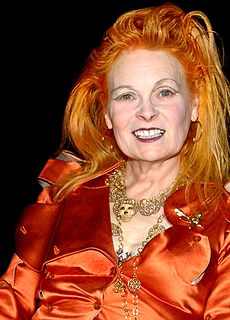A Quote by Alfred Eisenstaedt
All photographers have to do, is find and catch the story-telling moment.
Related Quotes
I think that people have to have a story. When you tell a story, most people are not good storytellers because they think it's about them. You have to make your story, whatever story it is you're telling, their story. So you have to get good at telling a story so they can identify themselves in your story.
